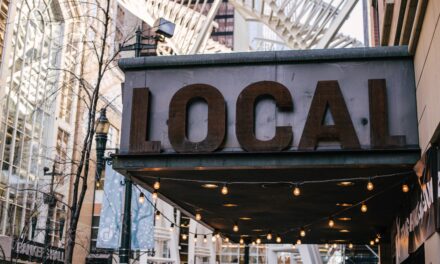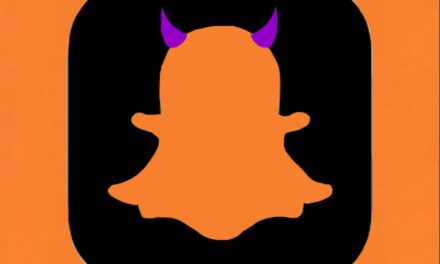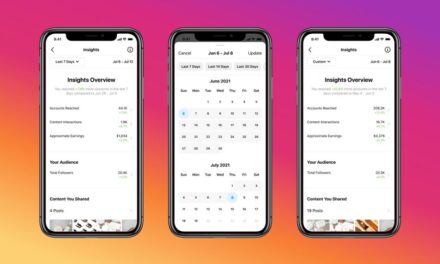Repost from: https://digiday.com/marketing/snap-expands-commerce-brands-within-snapchat-stories/
Buying tickets to a game for the Los Angeles Football Club isn’t hard. Google it, and the first thing you might see is a link to SeatGeek, the professional soccer team’s official ticketing partner. And yet, last month, LAFC invested in an “underdog” in commerce: Snapchat.
SeatGeek is now powering ticket sales for live events within brands’ Snapchat Stories, starting with LAFC and currently for International Boxing Federation welterweight champion Errol Spence Jr. The update is one of the latest steps Snapchat is taking to expand its e-commerce business. Publishers in Snapchat’s Discover section have tested a feature that lets users swipe up and buy items inside the app. On June 11, Snap announced that test within Snap Ads and Story Ads. Snap made shoppable augmented reality lenses available in its self-serve platform as well. It also launched goal-based bidding for conversions that uses Snap Pixel to track purchases or sign-ups to help advertisers better monitor return on investment.
The question is: Does anyone actually want to buy tickets — or anything, really — via Snapchat? Apparently, yes. Tom Penn, LAFC president and co-owner, emailed that the team sold out of the limited number of tickets it offered. He wouldn’t say how many tickets were sold, but added that LAFC planned to continue working with Snapchat.
According to SeatGeek, no money is changing hands between Snap and SeatGeek, a sign that it’s still early days for the integration. Fandango has been working with Snapchat for years to allow users to purchase movie tickets via Snap Ads, starting with “X-Men: Apocalypse.” But that experience links to Fandango’s mobile webpage, instead of a native experience. Studios choose which movies to advertise, and Fandango has sold tickets via Snap Ads for movies including “Get Out,” “Black Panther,” “It” and “Ocean’s 8.”
Darrell Jursa, managing director of commerce and content solutions at Omnicom’s Resolution Media, said there’s potential for Snapchat as a bigger commerce platform if the offerings are catered to the app’s young users.
“I think there’s intent, but there’s a two-step [process] with the existing audience: Could you get me to buy something that I can’t access anywhere else?” Jursa said. “If you had a ticket to a YouTuber making an appearance somewhere, I will tell you that that audience would sell out of tickets through Snap.”
Indeed, one of Snap’s first successful attempts at commerce with a brand involved exclusivity. Snap sold Air Jordan III Tinker sneakers through the platform with Darkstore and R/GA, and Shopify powered the initiative. The sneakers sold out in 23 minutes.
“We were blessed to work with Jordan. Their stuff kind of sells out regardless, but [their fans] are a unique community of people,” said Ben Williams, vp and executive creative director of products and services at R/GA. “Doing things that haven’t been done before is kind of the expectation.”
Providing a digital layer to pop-up stores is one potential commerce play for Snapchat. Snap also has been experimenting with quirky items available only in its own app. In February, Snap launched its own store within the app for Snapchat-themed products like plushies of the company’s mascot, Ghostface Chillah, and yellow beach towels.
Jursa said his 13-year-old daughter “really digs” Snap’s ghost plushies.
“She texts me and asks, ‘Can I buy it?’ [Snapchat] needs to build more shopping experiences for the younger users,” he said. “Just look at the run rate on [the game] ‘Fortnite.’ I get Snap testing with tickets, but let’s get really specific. It has to be very personalized.”
This personalized commerce push could also align with Snap’s efforts to woo creators. Last month, Snap held its first Creators Summit, where executives promised the highly followed users more opportunities to grow their audiences and make money on the platform. For now, Snapchat creators generate revenue through branded content deals.
Over the past year, some creators and publishers have been looking more to Instagram, given its larger scale and other capabilities. Yet Snap touts HiSmile, an oral cosmetics company that increased its spending on Snapchat by more than 400 percent over the last three months. Now, HiSmile’s ad spending is evenly split between Facebook and Snapchat; Facebook previously received 80 percent of the share.
R/GA’s Williams argued that both Facebook and Snapchat could succeed with commerce for brands, if done right.
“For me, Snapchat is more innovative,” he said. “They double down on the experience piece of it. Instagram has the install base. They’re winning by the power of numbers. When you’re at scale, you tread cautiously. When you’re the underdog, you’re willing to take risks.”















